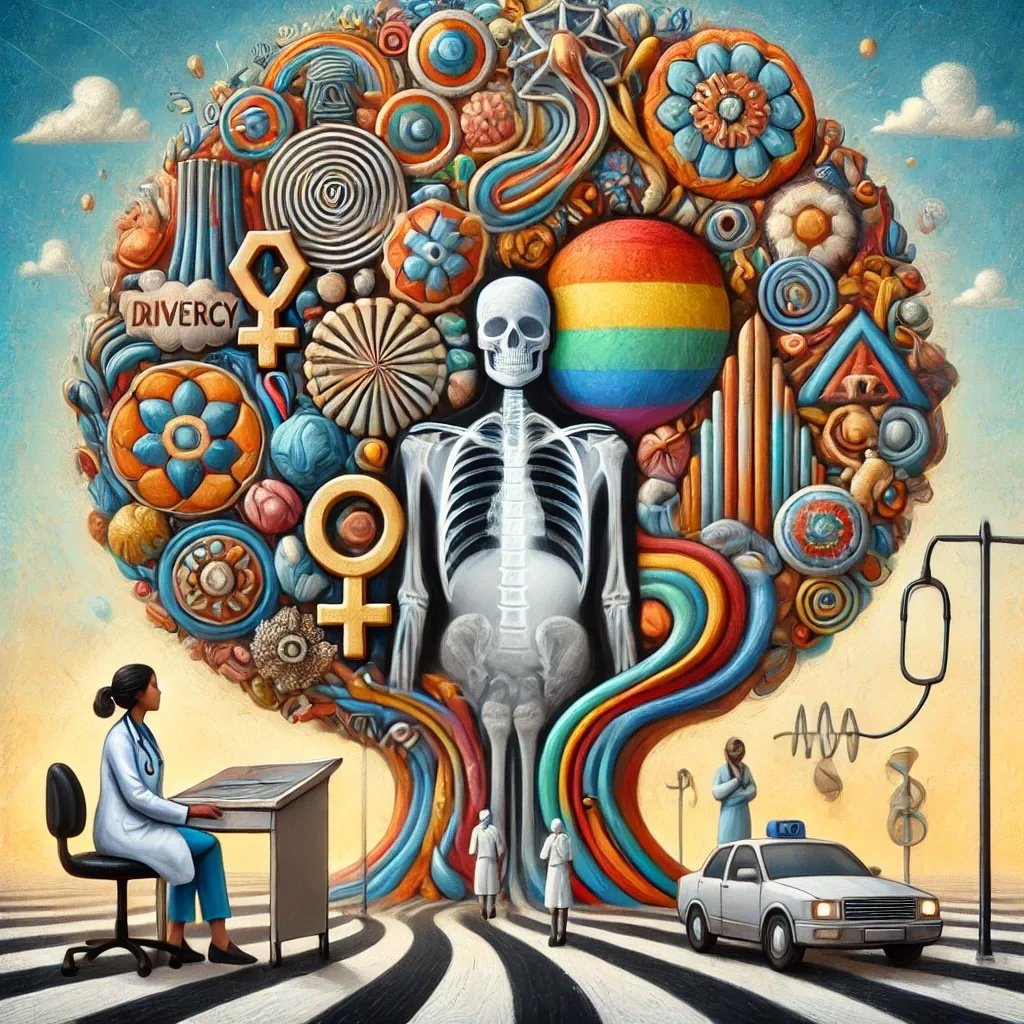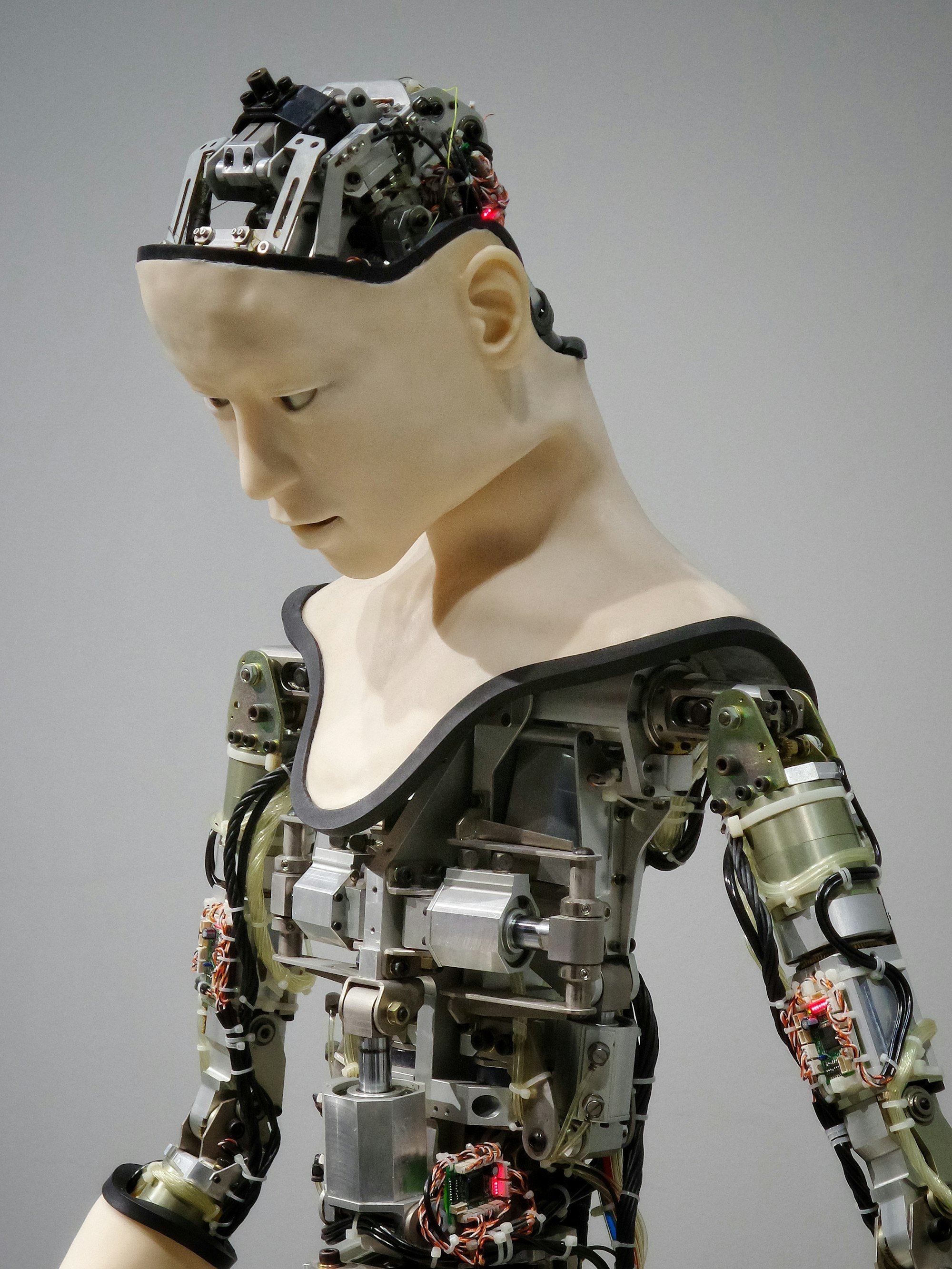
Innovation Without Impact? Why Radiology Risks Missing the AI Leap
So perhaps the real question is not whether we need innovation—but how we choose to approach it. Caution is justified, especially in healthcare. But caution must not become inertia. Delays in adopting meaningful tools don’t just affect workflows—they affect people. And while not every solution will live up to its promise, ignoring the problem won’t make it go away.
If we want to remain part of the decision-making process, we should stay engaged—critically, constructively, and with a clear view of what’s at stake.

Artificial Intelligence in Clinical Practice: Are We Ready for the Revolution?
The road ahead is challenging, but with thoughtful planning and rigorous validation, AI can become a powerful tool in our quest to provide better, more efficient healthcare. As healthcare professionals, we must stay informed, critically assess new technologies, and advocate for research that truly benefits the patients we serve.

The Need for a Balanced Perspective
One key aspect of AI in radiology is its role in diagnostic support. ChatGPT has shown the ability to align closely with radiologists' interpretations, boasting a median accuracy of 70.5% and an agreement rate of 83.6% with radiologists' decisions. This suggests that AI can be a valuable assistant in the radiology suite, helping to catch details that might otherwise be overlooked due to human error or fatigue.

Diversity in Radiology: Progress, Gaps, and the Road Ahead
What steps can we take to accelerate the pace of change? How can we better support women and URMs in radiology? Share your thoughts and experiences, and let’s continue this important conversation.

Balancing Efficiency and Patient Safety in the Age of AI: Insights from Recent Research
Another key finding was the improvement in consistency across physician responses when using AI assistance. Inter-physician agreement jumped from a Cohen’s kappa of 0.10 in manual responses to 0.52 with AI assistance. This suggests that AI could help standardize care, reducing variability in responses—a significant step toward more reliable patient communication.

AI in Healthcare: Embrace the Innovation or Fear the Replacement?
As AI continues to evolve, its role in healthcare will undoubtedly expand. But the question remains: how can we ensure that this evolution benefits both patients and healthcare professionals? The study by Rony and colleagues offers a roadmap, but the journey requires active participation from all stakeholders.

The AI Adoption Dilemma in Radiology: Navigating the Double-Edged Sword
AI could become the standard in radiology by enhancing diagnostic accuracy, reducing workload, and improving patient outcomes. However, achieving this will require a balanced approach that integrates AI as a supportive tool rather than a replacement for human expertise.

Burnout in Radiology: A Growing Crisis and What We Can Be Done
The wide range of reported burnout rates highlights the importance of using standardized, validated instruments to measure burnout accurately. Consistent measurement is crucial for understanding the scope of the problem and developing effective interventions.

When AI Takes Over the Paperwork: Radiologists Rejoice!
One particular aspect worth exploring is the role of AI in ensuring data completeness and consistency. The study by Lehnen et al. highlights how AI can standardize data entry, making it easier to compare and analyze patient outcomes across different institutions. This consistency is crucial for large-scale studies and can significantly enhance the quality of research in stroke care.

Enhanced Pulmonary Embolism Diagnosis - Structured Reporting is the key
The integration of AI and SR has the potential to transform the healthcare system, making it more effective and efficient. By reducing the time required for data analysis and improving diagnostic accuracy, these technologies can enhance patient care and streamline clinical workflows.

Key targets for the future: consistency and clarity in radiology reporting
Structured reporting in radiology is not just about changing the format of reports; it represents a fundamental shift in how information is conveyed and interpreted. The study analyzed over 747,393 radiology reports over a decade, revealing fascinating insights into the impact of this shift. By transitioning to structured templates, radiology reports achieved a 27.4% decrease in document variation, making them more uniform and standardized.

Harnessing AI in Radiology: A New Era of Innovation and Efficiency
Artificial Intelligence is revolutionizing radiology, offering improvements in efficiency, accuracy, and cost savings. Inspired by a study by Jordan Z. T. Sim and colleagues, published in Frontiers in Medical Technology in November 2023, let’s explore how AI is reshaping radiology.

The Language Barrier: AI Performance in Multilingual Breast Imaging
The integration of Artificial Intelligence (AI) in healthcare continues to stir excitement and concern, especially within radiology. A recent study by Andrea Cozzi, Katja Pinker, and colleagues, published in Radiology in April 2024, sheds light on the reliability of AI tools like GPT-3.5, GPT-4, and Google Bard in interpreting breast imaging reports across multiple languages. This exploration into AI’s capabilities in a highly specialized field reveals intriguing insights and critical implications for the future of medical practice.

Patient Messages 2.0: How AI is Changing the Game
As innovation in AI accelerates, its application in healthcare is rapidly expanding, promising to transform patient interactions and streamline administrative tasks. A study by Shan Chen and colleagues, published in The Lancet Digital Health in April 2024, delves into how GPT-4 can revolutionize the handling of patient messages. The findings are remarkable and carry significant implications for daily medical practices.

Building Trust in AI: A New Era for Patient Care
In our rapidly evolving world, the integration of artificial intelligence (AI) into healthcare is accelerating at an unprecedented pace. This swift advancement brings immense potential to revolutionize patient care, yet it also raises significant concerns and questions. Patients are increasingly finding themselves at the crossroads of innovation and trust, grappling with the implications of AI in their medical journeys.

Why jailbreaking can cause trouble in the AI-driven healthcare system
The researchers discovered that by asking a computer system hundreds of harmless questions in a row, they can trick it into answering harmful or dangerous questions that it would normally refuse. This is because modern AI systems, like Claude 2.0 and GPT-4, can remember and learn from a long list of questions asked previously, making them more likely to comply with inappropriate requests if they follow a long sequence of safe ones.

Retail Longevity: The Fairness of Buying Extra Years
In the relentless pursuit of extending human lifespan, advancements in modern medicine and hygiene have undeniably brought remarkable progress. The latest JAMA publication provides a compelling snapshot of our historical journey towards longevity and ongoing efforts to increase life expectancy.

Shifting Focus: Gaining Time for What Truly Matters in Healthcare
As AI continues to revolutionize various fields, its impact on radiology is particularly noteworthy. Language Learning Models (LLMs) like ChatGPT are enhancing diagnostic efficiency, translating radiology reports, and simplifying complex medical terminologies. A recent study by Grewal et al. explores the myriad applications of ChatGPT in radiology, showcasing real-world examples of human prompts and AI responses. Let’s dive into the key findings and insights from this fascinating study.

To be, or not to be, that is the question - the difficulty to manage contrast medium and adverse reactions
The correct use of contrast media (CM) and the management of adverse drug reactions (ADRs) are pivotal aspects of radiology. However, a recent international survey by Albano et al. reveals significant gaps in training and confidence among young radiologists in these areas. These findings underscore the necessity for improved education and training to ensure better patient care and safety.

How AI Is Transforming Patient Communications in Healthcare - ChatGPT vs. Physician
I recently came across a fascinating study that sheds light on AI's potential to enhance how we communicate with patients. This study compared responses from AI, specifically ChatGPT, to those from human physicians on a popular social media forum. The results were quite revealing and underscored AI's growing role in healthcare.
